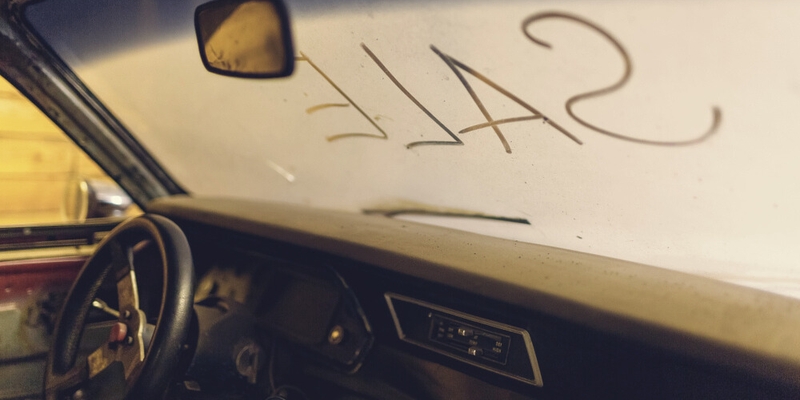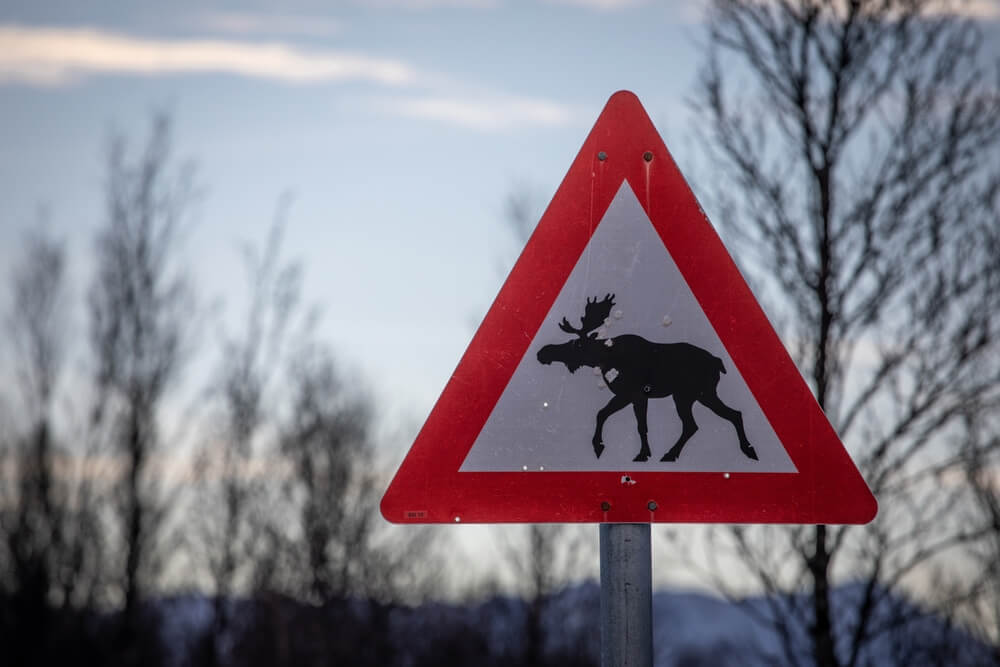
If you are not redirected within 30 seconds, please click here to continue.
Samedi: 10h – 16h HAE

If you are not redirected within 30 seconds, please click here to continue.
If you are not redirected within 30 seconds, please click here to continue.
What to do if you’ve bought a salvage title car

If you’ve ever purchased a used vehicle, chances are, you’ve come across one that’s been branded. Branded vehicles allow car buyers to get a sense of the history and past damage behind a new-to-them car, while also potentially picking up a considerable discount on a car.
But are branded cars safe? And what do you need to look out for when purchasing a branded car?
What is mandatory branding?
Mandatory branding is a program maintained by the government designed to protect consumers from purchasing stolen vehicles and parts, as well as vehicles that have sustained significant damage.
A brand acts as a type of permanent note attached to a vehicle’s identification number (VIN) and describes a vehicle’s condition or history. Brand types and names vary depending on province, but in general branding is as follows:
- Irreparable: This brand type generally applies to badly damaged vehicles that are no longer suitable for driving but can be used for parts or scrap metal.
- Salvage: This brand type is used for vehicles in need of repair and cannot be driven until inspected and deemed safe. It’s often used by insurance companies for vehicles that have been deemed a “total loss” – or more expensive to repair than the value of the vehicle.
- Rebuilt: This brand type describes vehicles previously branded as salvage, but which have been rebuilt and passed inspection according to local regulations.
- Stolen: This brand type is used for vehicles that have been reported stolen. Only law enforcement can assign or cancel a stolen brand.
A closer look at salvage branding
Typically, a car receives a salvage branding when it sustains damage that requires extensive repairs. This could be due to the result of an accident, natural disaster, or act of vandalism. Both at-fault and not-at-fault accidents can lead to a salvage branding.
If your car receives a salvage branding, it may be sold at auction for parts, or to someone interested in repairing the vehicle. You also have the option to undertake the necessary repairs yourself in order to make the vehicle roadworthy again. In the case of cosmetic damage, it might make sense to repair the vehicle rather than scrapping it.
If you want to change the brand status of a vehicle, you’ll need to repair the vehicle and have it inspected according to local regulations. This changes the branding from salvage to rebuilt. However, it’s often more expensive to repair the vehicle than the value of the car.
What happens if you buy a salvage-title car?
You may knowingly or unknowingly buy a salvage-title car, depending on where you purchase the vehicle.
Dealers sometimes sell salvage-title cars by purchasing them at auction and repairing them to meet the safety and performance standards of their province. After being repaired and inspected, the vehicle is then given a “rebuilt” branding. They may also sell the vehicle “as-is,” leaving the buyer with no recourse if the damage is worse than reported.
If you’re purchasing a used vehicle through a private sale, you may unknowingly wind up with a vehicle that has salvage branding. Watch out for criminals, who may try to sell you a stolen vehicle with a VIN from a vehicle with irreparable or salvage branding, and with it, potentially serious damage.
Criminals may also have taken shortcuts when completing repairs, or provide fake repair records, leaving drivers behind the wheel of a vehicle that’s unsafe to drive. Police can seize a stolen vehicle, even if it’s one you unknowingly purchased.
How to avoid buying a damaged car
To protect yourself when buying a used vehicle, always follow these steps:
- Request a vehicle history report. This lets you know why the vehicle has a salvage branding, as well as any accident history reported to insurance.
- Note any past damage and request repair records. This tells you what repairs have been done, so you can determine a fair price.
- Have your mechanic perform a comprehensive inspection of the vehicle. You want to confirm the vehicle is safe to drive.
- Test drive the vehicle to get an idea of how it handles.
- Consider financing options, as vehicles with salvage branding won’t always qualify for bank financing.
Insurance impact of salvage branding
Whether you knowingly or unknowingly buy a salvage-title car, you’ll need to obtain insurance before driving it. This can be tricky. Most insurers don’t provide coverage beyond liability and collision for vehicles with previous salvage branding.
To insure a car with a salvage title, you’ll need to make any necessary repairs, pass a safety inspection, and have the vehicle branded as “rebuilt.”
A salvage-title car can have a significant impact on insurance premiums. These vehicles carry more risk to insure than vehicles with no branding. There may be hidden defects or safety issues a mechanic has overlooked that lead to an accident or other problem. They may also be more susceptible to further damage if the structural or mechanical integrity has been compromised. Lastly, the value of a salvage/rebuilt vehicle is much less than that of a new one, which means the insurer might decline coverage as there’s no value in insuring the vehicle.
Unfortunately, there’s not much you can do to reverse the impact of a salvage title on your insurance, aside from having the vehicle branded as rebuilt. You may be stuck with a higher premium, but it’s still worth shopping around to find a provider who offers you a favourable rate – with the understanding that you’ll receive a lower payout in the event of a claim.
While purchasing a vehicle with salvage branding can save you a good deal of money upfront, it could end up costing you in the long run in expensive repair bills and higher insurance premiums.
Keep reading: Potholes, Landslides, and Road Debris: Who Pays for the Damage to Your Vehicle?
Don't waste time calling around for auto insurance
Use RATESDOTCA to shop around, and compare multiple quotes at the same time.
Get money-saving tips in your inbox.
Stay on top of personal finance tips from our money experts!









